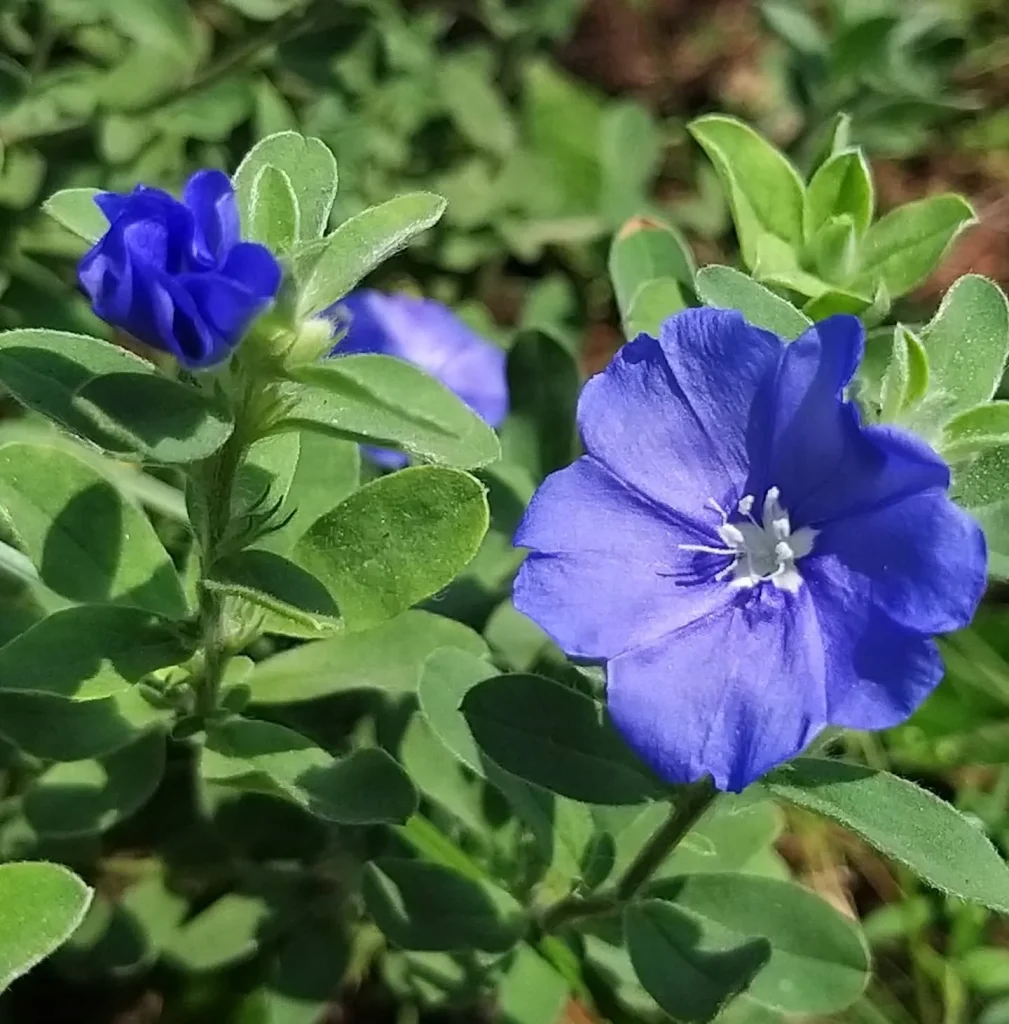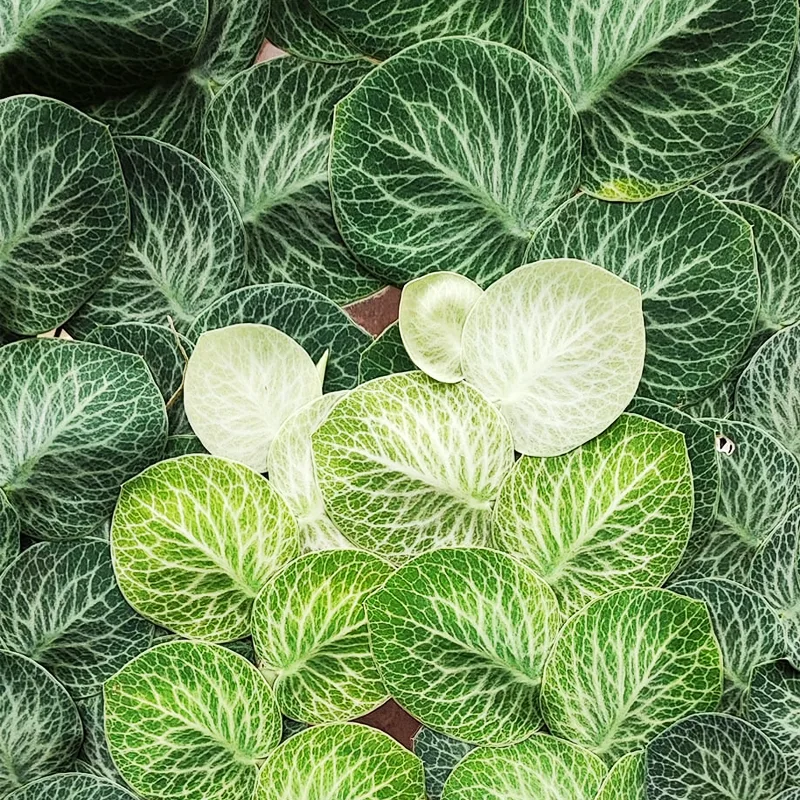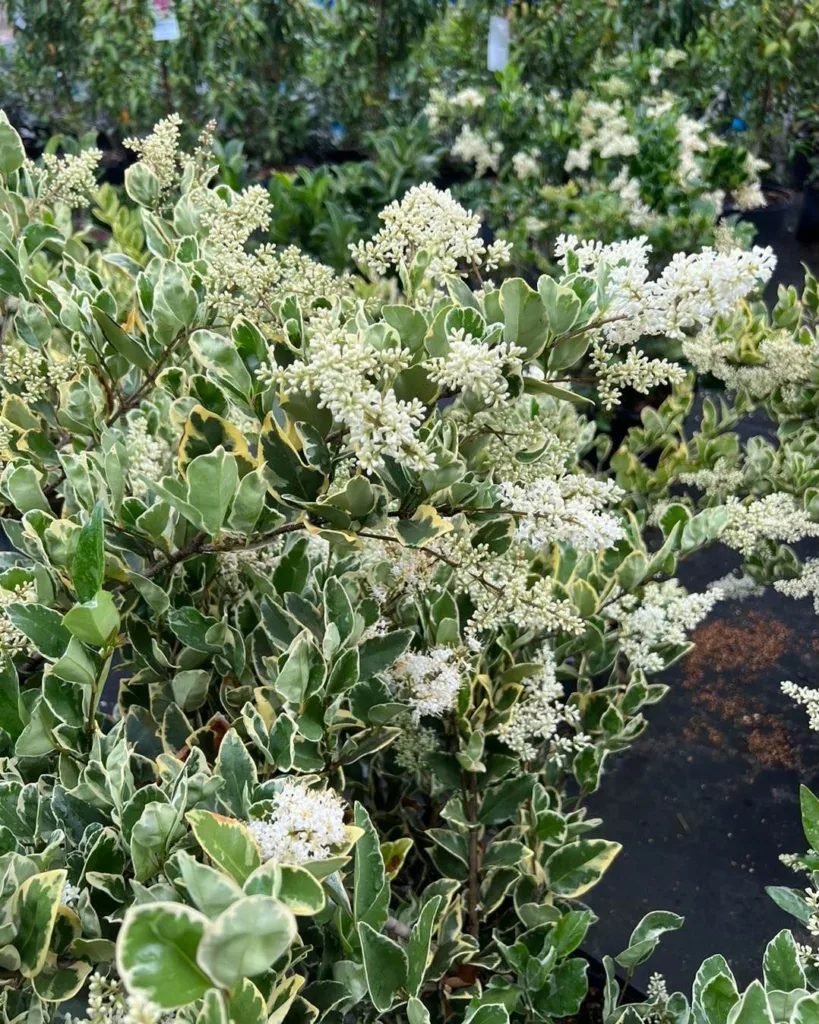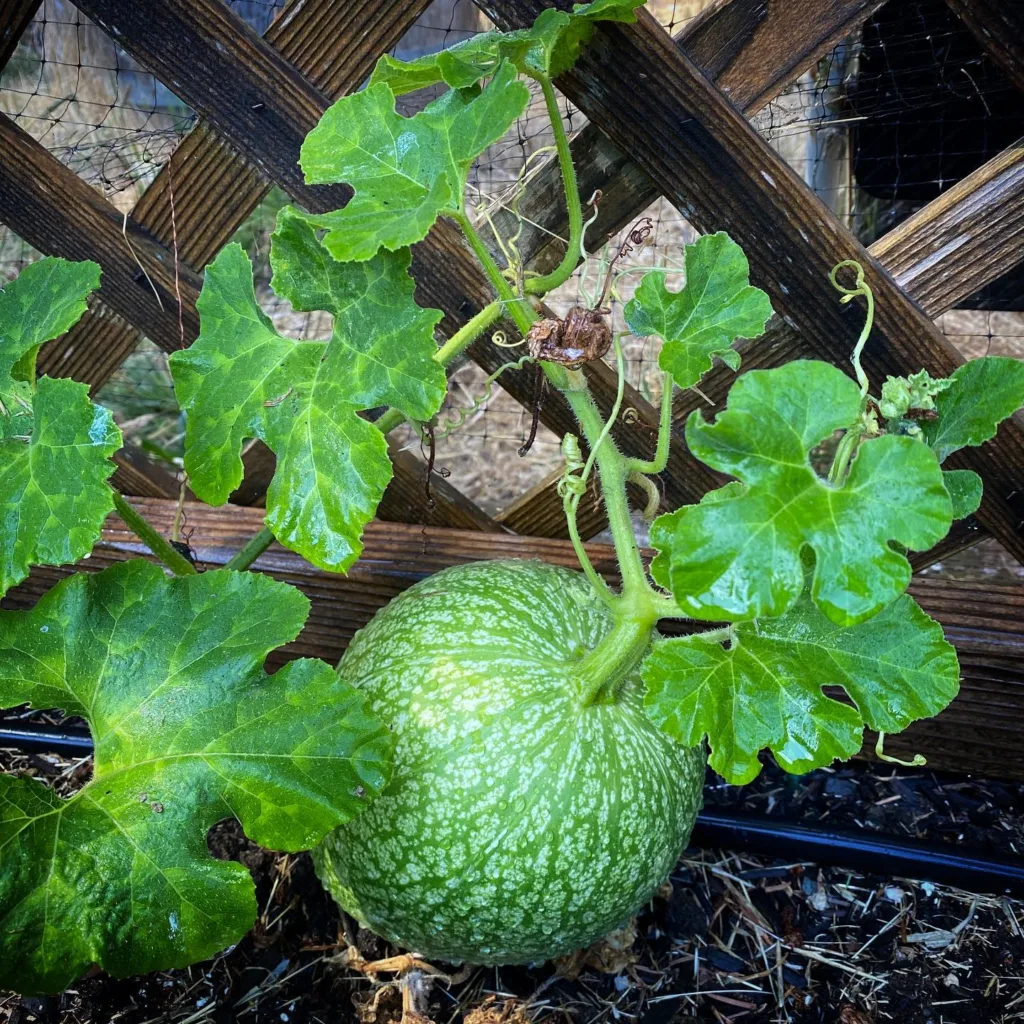Exploring the Vitaceae Family: A Journey Through Genera
The Vitaceae family, commonly known as the grape family, has always fascinated me. With its diverse range of genera, this family holds a special place in both the botanical world and our everyday lives. Each genus showcases unique traits, adaptations, and beauty. In this article, I will share my exploration of some noteworthy genera within the Vitaceae family, reflecting on their characteristics, uses, and ecological significance.
Understanding the Vitaceae Family
The Vitaceae family comprises around 800 species, primarily distributed in tropical and subtropical regions. The most recognized member is the grapevine (Vitis), but the family includes many other genera that contribute to its rich biodiversity. My curiosity led me to delve into the various genera within this family, each offering something distinct.
A Closer Look at Genera
Acareosperma
Acareosperma is a lesser-known genus that intrigued me due to its unique climbing habits. It typically thrives in tropical regions, showcasing interesting adaptations for survival. The leaves are often heart-shaped, which allows them to capture sunlight efficiently. Observing these plants in their natural habitat is a reminder of nature’s ingenuity.
Afrocayratia
Afrocayratia represents another intriguing genus in the Vitaceae family. Native to Africa, this genus showcases the region’s rich botanical diversity. The plants often have a vine-like structure, making them great climbers. I found it fascinating how these plants adapt to their environments, demonstrating resilience in various habitats.
Ampelocissus
Ampelocissus is a genus that caught my attention for its ecological role. Known for its vigorous growth and climbing ability, these plants often adorn forests and shrublands. They play a vital role in supporting various wildlife by providing food and habitat. I recall seeing them draping over trees, creating a lush green tapestry in the forest.
Ampelopsis
16 Species in Genus Ampelopsis
Ampelopsis is another noteworthy genus within the Vitaceae family. With its ability to adapt to different environments, it often thrives in temperate regions. The fruits of some Ampelopsis species are edible, adding to their appeal. I’ve tasted a few varieties, and their flavors are delightful—ranging from sweet to tart.
Apocissus
Apocissus is a lesser-known genus that intrigued me during my research. This genus consists of climbing plants that often display unique floral structures. I was amazed by the diversity within this genus, with species exhibiting various forms and colors. Each flower tells a story of adaptation and survival in its specific environment.
Causonis
Causonis is a genus I found particularly fascinating due to its historical significance. Some species have been used in traditional medicine, showcasing the interplay between humans and nature. I enjoy learning about how these plants have been utilized over time and their potential for modern herbal remedies.
Cayratia
Cayratia holds a special place in my heart. I’ve seen this genus grow in different environments, showcasing its adaptability. Its climbing nature makes it a beautiful addition to gardens and landscapes. The delicate flowers are often pollinated by various insects, emphasizing the interdependence of species in an ecosystem.
Cissus
Cissus is one of the more familiar genera within the Vitaceae family. Known for its ornamental value, many species are popular in home gardening. I’ve cultivated Cissus plants in my home, enjoying their lush green leaves and unique growth patterns. They thrive indoors, adding a touch of nature to any space.
Clematicissus
Clematicissus is a genus that may not be well-known but deserves attention. Its unique growth forms and striking foliage make it a candidate for ornamental use. I’ve encountered a few species that caught my eye with their intricate leaf patterns, showcasing the beauty hidden in lesser-known genera.
Cyphostemma
Cyphostemma stands out for its distinctive growth habit. The genus features succulent species that thrive in arid regions. I’ve always been intrigued by how these plants store water and survive in harsh conditions. Their adaptations are a testament to nature’s resilience.
Leea
Leeais another fascinating genus within the Vitaceae family. With its ornamental leaves and unique flowering patterns, it adds visual interest to any garden. I’ve planted Leeas in my landscape, enjoying their vibrant colors and the way they attract pollinators.
Nekemias
Nekemias, a genus native to tropical regions, showcases beautiful flowers that attract various pollinators. I was amazed by the diversity within this genus. Each species offers a unique charm, contributing to the overall biodiversity of its habitat.
Nothocissus
Nothocissus is a genus that has piqued my interest due to its climbing nature. These plants often thrive in tropical forests, where they contribute to the vertical structure of the ecosystem. Observing them in their natural habitat is a reminder of the importance of preserving our forests.
Parthenocissus
13 Species in Genus Parthenocissus
Parthenocissus is well-known for its ornamental value, particularly in landscaping. Its vibrant foliage changes colors with the seasons, providing year-round interest. I’ve planted Parthenocissus in my garden, where it adds a burst of color during the fall months.
Pseudocayratia
Pseudocayratia is a lesser-known genus that I discovered during my exploration of the Vitaceae family. It features climbing vines that often display unique floral structures. I find it fascinating how each species has adapted to its environment, showcasing the diversity within this genus.
Pterisanthes
Pterisanthes represents a unique aspect of the Vitaceae family. Known for its beautiful flowers, this genus captures the attention of many botanists. I’ve seen species from this genus flourish in botanical gardens, where their vibrant blooms create a stunning display.
Rhoicissus
Rhoicissus is another climbing genus that adds beauty to tropical landscapes. I’ve observed how these plants intertwine with other species, creating a vibrant tapestry of greenery. They play a vital role in supporting biodiversity, making them essential to their ecosystems.
Tetrastigma
137 Species in Genus Tetrastigma
Tetrastigma is notable for its association with certain parasitic plants. I’ve been intrigued by the symbiotic relationships formed between Tetrastigma and these plants. Their interactions highlight the complexities of nature and the interconnectedness of different species.
Vitis
Of course, Vitis is the most recognized member of the Vitaceae family. Grapes are not only delicious but also culturally significant. I’ve enjoyed exploring vineyards and tasting different grape varieties, appreciating the flavors and aromas that each brings.
Yua
Lastly, Yua is a lesser-known genus that captivated me with its unique characteristics. Though not widely cultivated, its potential for ornamental use is evident. I’m excited to see how this genus may gain popularity in the future.
Conclusion
The Vitaceae family is a treasure trove of botanical diversity. My exploration of its various genera has deepened my appreciation for the intricate relationships within ecosystems. Each genus offers unique adaptations, beauty, and ecological significance. I look forward to continuing my journey through the fascinating world of the Vitaceae family, discovering more about its members and their roles in nature.
If i die, water my plants!



